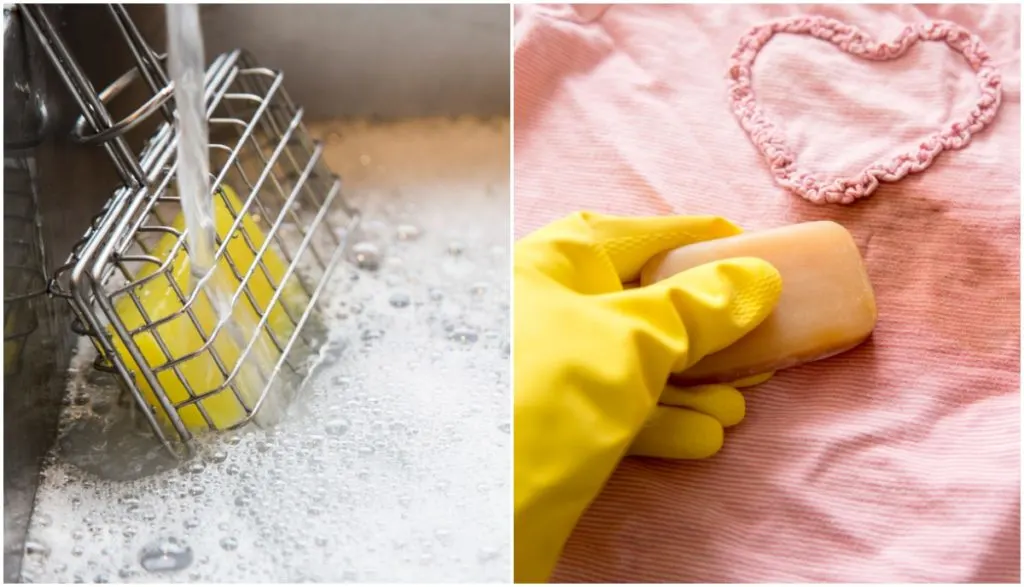
Dirt, grease, and grime are no match for the sudsy cleaning action of soap.
But a bar of soap is no one-trick pony – it can do all sorts of neat and clever things outside the bathroom.
Not sure what to do with a collection of little soap slivers? Or that trove of complimentary hotel and resort soaps you have stashed away? Or the leftover bits from soap making?
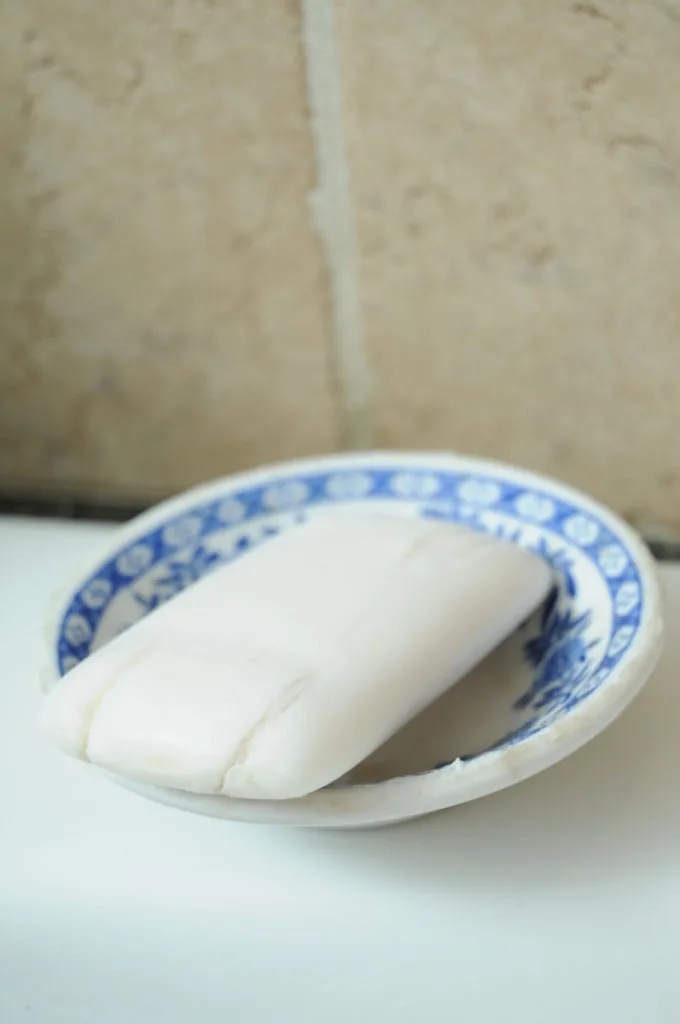
Here are some practical ways to use up a surplus of soap:
1. Deodorize Enclosed Spaces
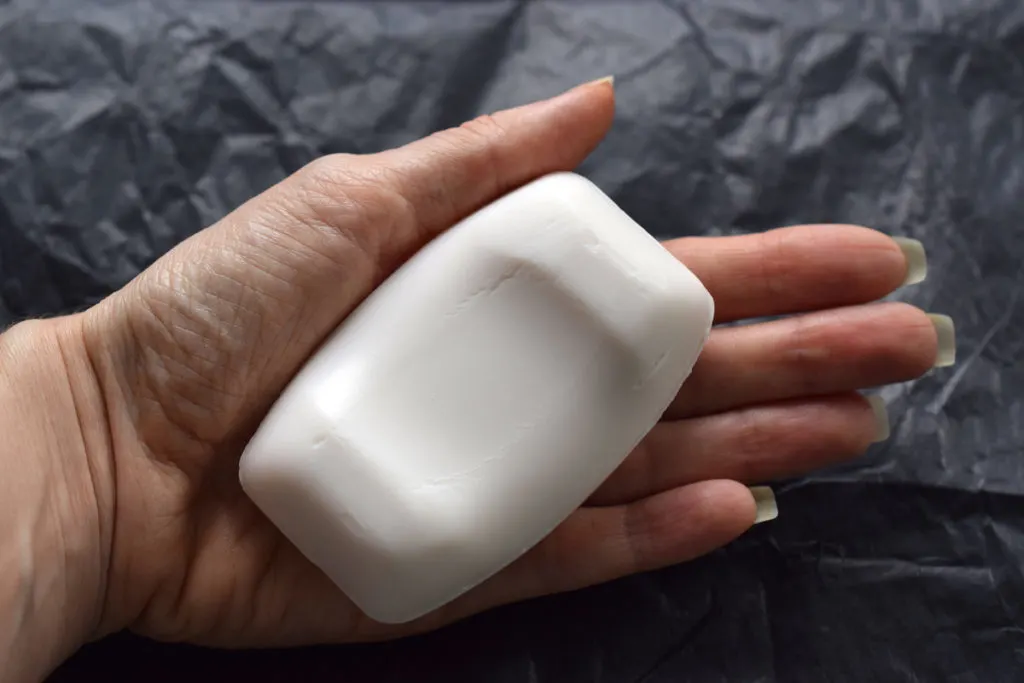
In the absence of fresh air, small and enclosed spaces – like dresser drawers and closets – can become musty, stale, and all round malodorous over time.
The quick and cheap solution to freshen things back up is to crack open a bar of soap and wrap it up in fabric, like a clean sock or pantyhose. Toss it in the offending chamber to counteract foul odors.
A single bar of soap can be divvied up into several pieces and each bit will keep smelling good for years. Obviously, only scented soaps will work to deodorize and absorb the smelliness.
While you’re at it, pop a bar of soap in your car, shoes, gym bag, and suitcase to keep things smelling fresh.
2. Unstick Doors, Windows and Drawers
In hot and humid air, woods and metals will swell. In cold temperatures, they will shrink.
This expanding and contracting through the seasons is the most common reason that doors, drawers, and windows won’t open and close smoothly.
In a pinch, glide a bar of soap along the tracks and hinges to lubricate the sticky parts and reduce that irksome friction.
3. Fix a Stuck Zipper
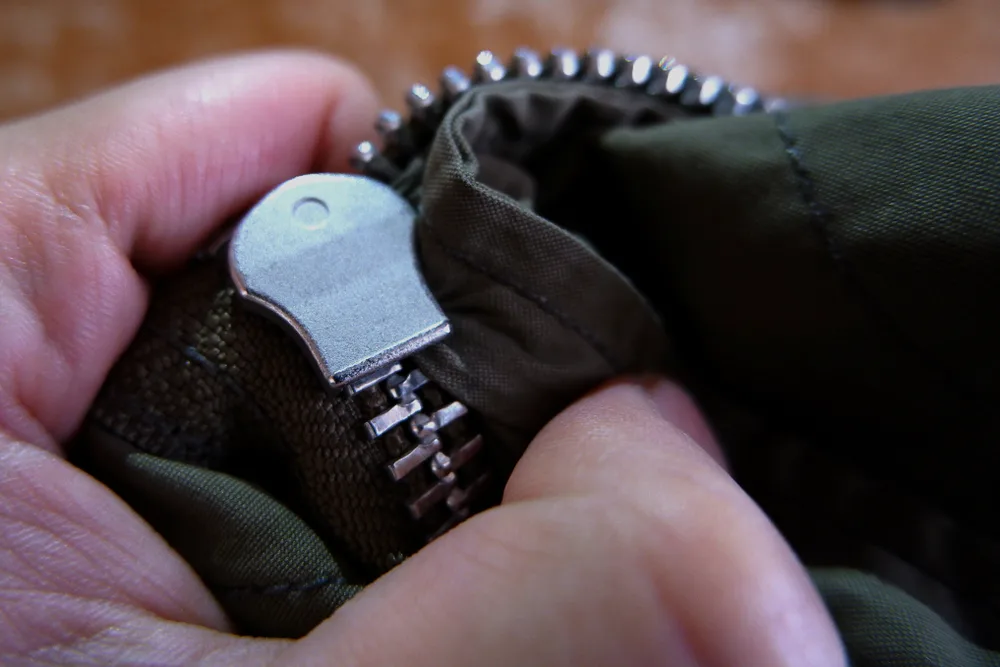
Provided the teeth of the zipper are still properly lined up, you can restore a stuck or stiff zipper with a little soap.
Lubricate a zipper by rubbing a piece of dry soap along the teeth and slide. Let it permeate for a few minutes before easing the slide up and down. If it still resists, apply more soap.
Once the zipper glides smoothly over the teeth again, wipe away the soap residue with a damp cloth.
4. Tailor’s Chalk Substitute
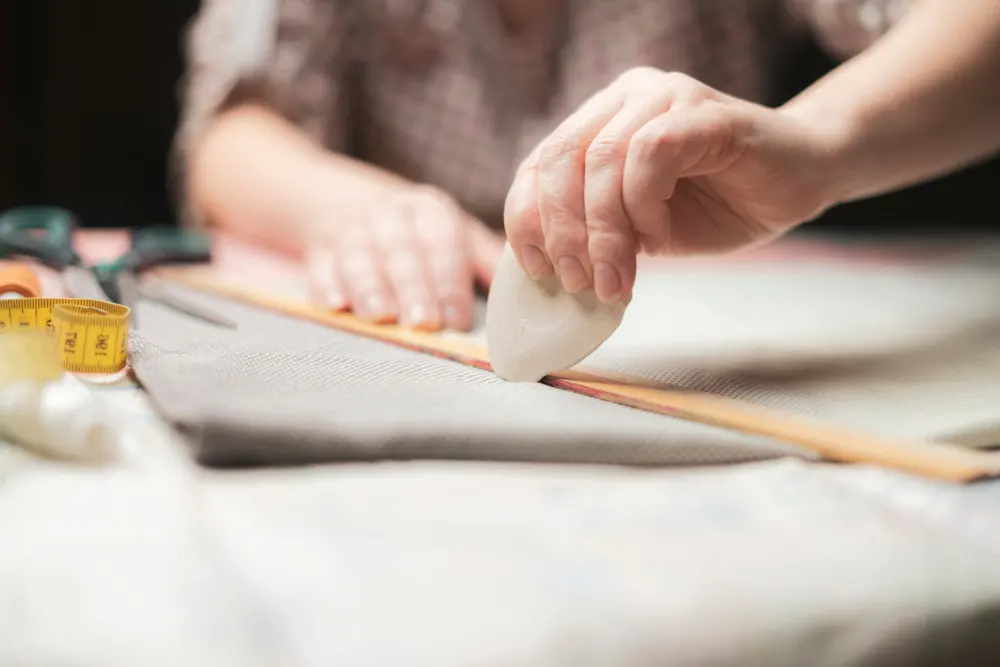
Before tackling your next sewing project, a bar of soap can be used in lieu of tailor’s chalk to ensure all fabric cuts, edges, and hems are perfectly straight.
Find a light-colored soap and sharpen one edge with a knife to make a finer point. With a ruler in place, drag the soap in a line to make a temporary mark.
Once the seaming is done, toss the garment in the wash or use a damp cloth to wipe the soap markings away.
5. Pin Cushion and Needle Lubricator
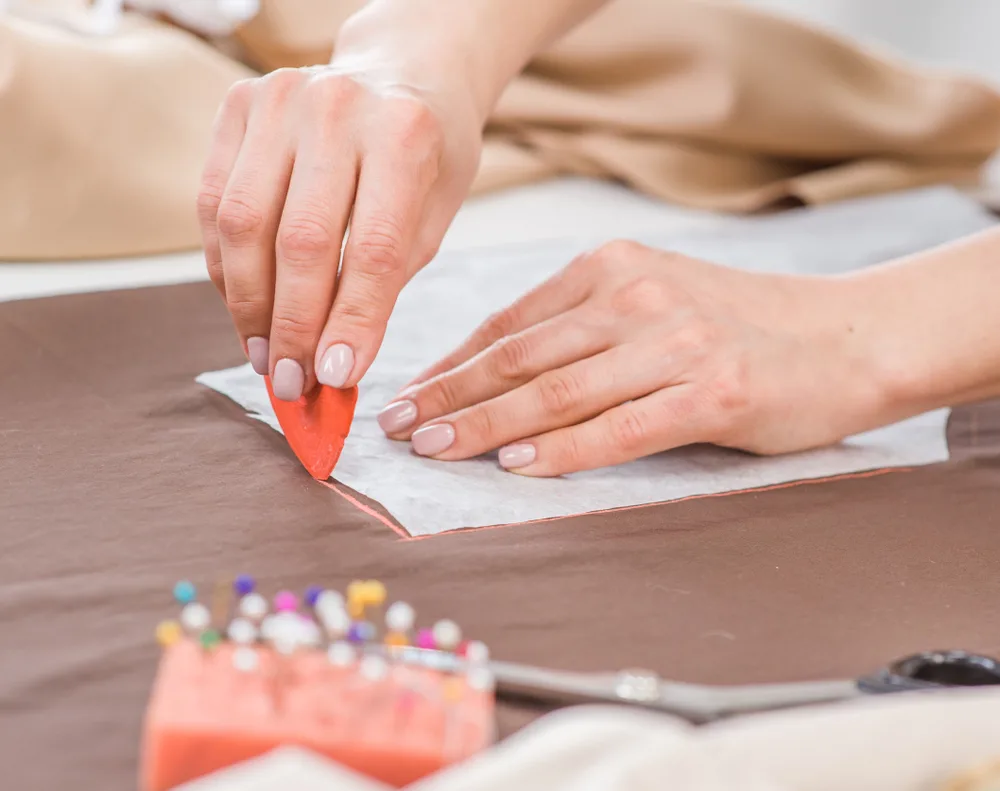
Don’t put your sewing kit away just yet – here’s another stellar soap tip for the sewers, menders, and crafters out there.
Poke your needles and pins into a bar of soap to store them between tasks. Because the soap oils up the tips of the pointy ends, the needles will glide through thicker fabrics with ease the next time you use them.
6. Easier Drilling and Sawing
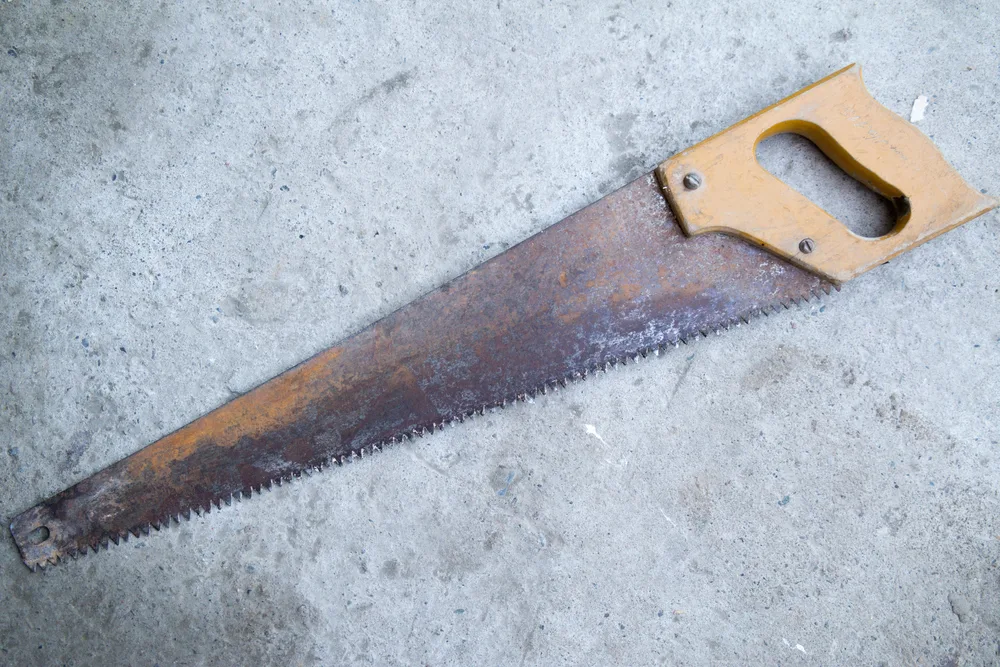
When the DIY build calls for lots of drilling, nailing, or sawing, keeping a bar of soap on hand will make the entire job go a whole lot faster.
Lubricate the threading of screws and the tips of nails with a coating of soap and they will pierce and penetrate wood quickly and easily.
Rub a little soap along the teeth of hand saws before cutting lumber and the blades will glide and slice through the wood with less effort. The same goes for soaping up the blades of shears and loppers for easier pruning.
Oiling up your fasteners and cutters will also help prevent less supple cuts of wood from splitting.
7. Keep Paint Off Glass and Mirrors
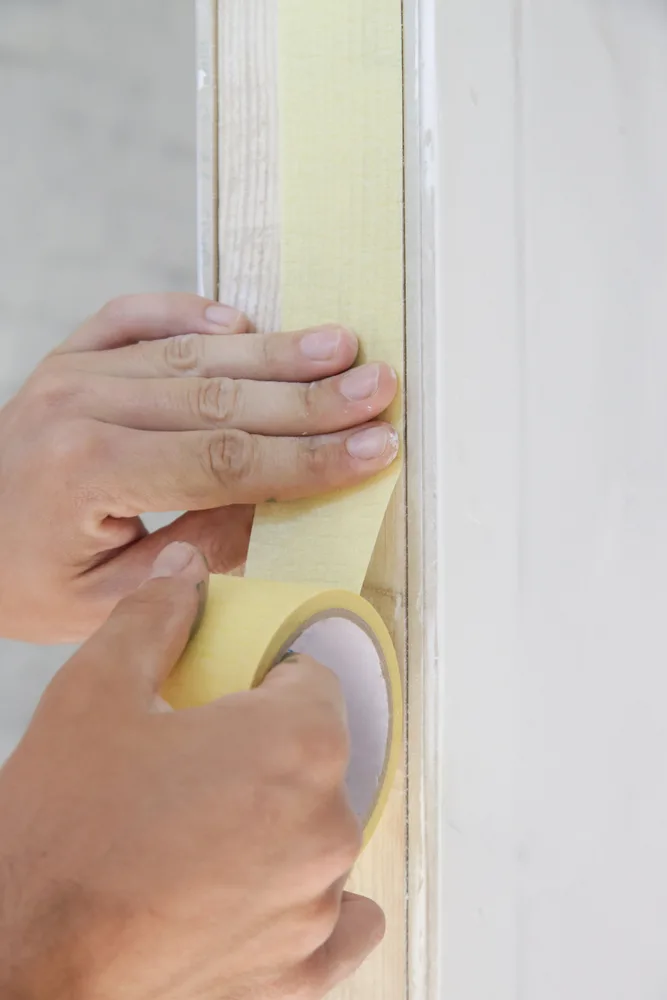
Sometimes the prepping takes longer than the paint job itself, but you can save time and effort – and still end up with flawless results – with this little painting hack.
Inspired from the old painter’s trick of using petroleum jelly instead of painter’s tape, applying a little soapy lather where the glass meets the wood trim will keep paint smudges and mistakes off windows and mirrors.
Use a moistened cotton swab with a pointed tip and rub it into a bar of soap to create a paste. Apply the paste along the edges of the glass, getting as close as you can to the trim.
After the paint has fully cured, wipe the soap residue from the glass with a damp rag.
8. Find the Leak
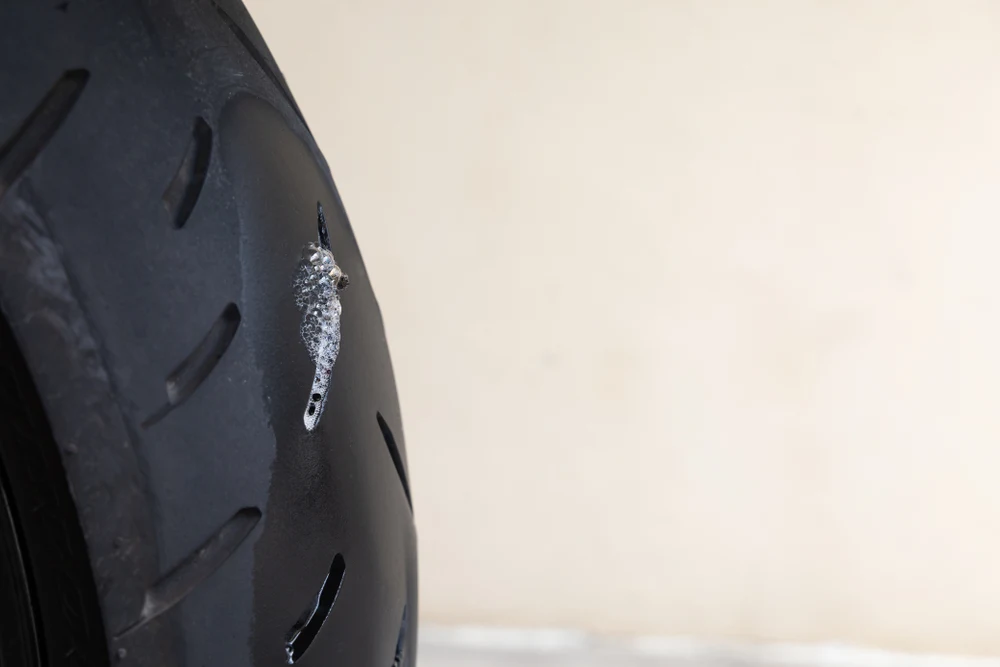
Getting frustrated trying to find the source of that leak?
Whether it’s a tire, an air mattress, the kiddie pool, or your plumbing pipes, wet a bar of soap and rub it all over the suspected area until it creates a soapy film. Then wait and observe.
The leaky site will form bubbles wherever air or water is escaping. Once you’ve sourced the leak, you can simply patch up the spot instead of chucking the whole thing out.
9. Prevent Eyeglasses From Fogging Up
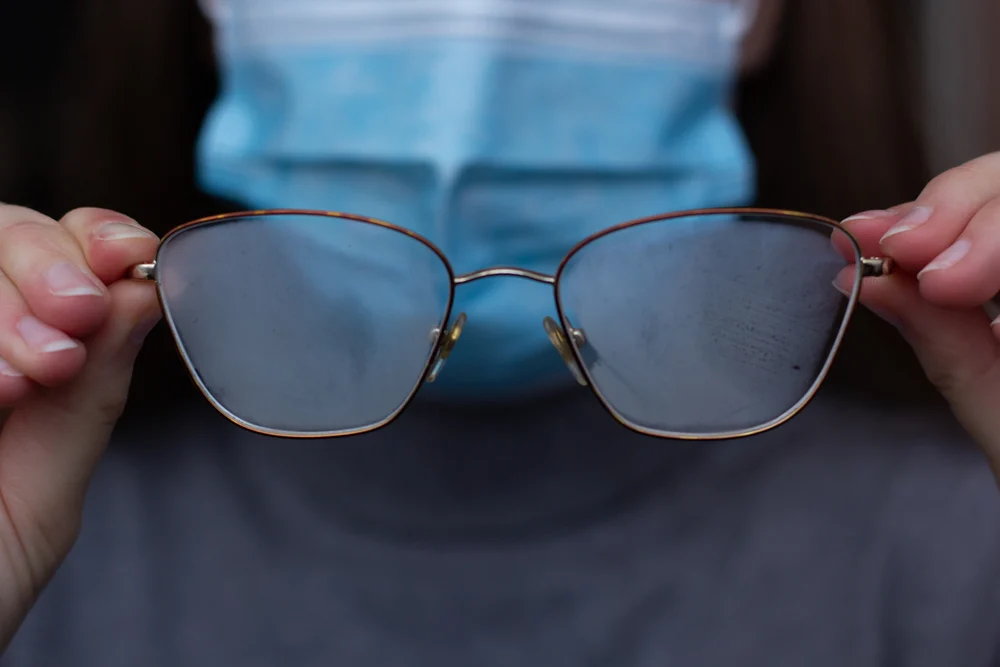
Keep the condensation from humid air off your spectacles and shades with a light soapy film.
Get some soap on your fingers and rub both sides of the lens. Polish with a clean cloth to dry and remove any streaks.
The soap will stop water vapor from clogging up your view.
10. Safeguard Wooden Furnishings From Pets

We can learn it the easy way or the hard way, but everyone knows that soap tastes awful.
And our pets don’t much like the taste or scent of soap, either.
Rub a light coating of dry soap on wooden furniture to keep puppies, kittens, and bunnies from gnawing and clawing.
Use soap on sofa, chair and table legs, as well as door trim, base boards, and any other wooden home décor that the little loveable demons won’t leave alone.
11. Keep Fingernails Clean and Dirt-Free
Block dirt, grease, and oils from gaining entry to the nail bed in the first place by dragging your fingertips across a bar of soap.
By digging into the bar, bits of soap will remain under the fingernail and act as a barrier against gunk, crud, and muck.
Go ahead and do your messy job, like digging around in the garden or performing DIY maintenance on your car. When finished, give your hands a good rinse and the soap under your nails will wash right out.
12. Make Laundry Detergent
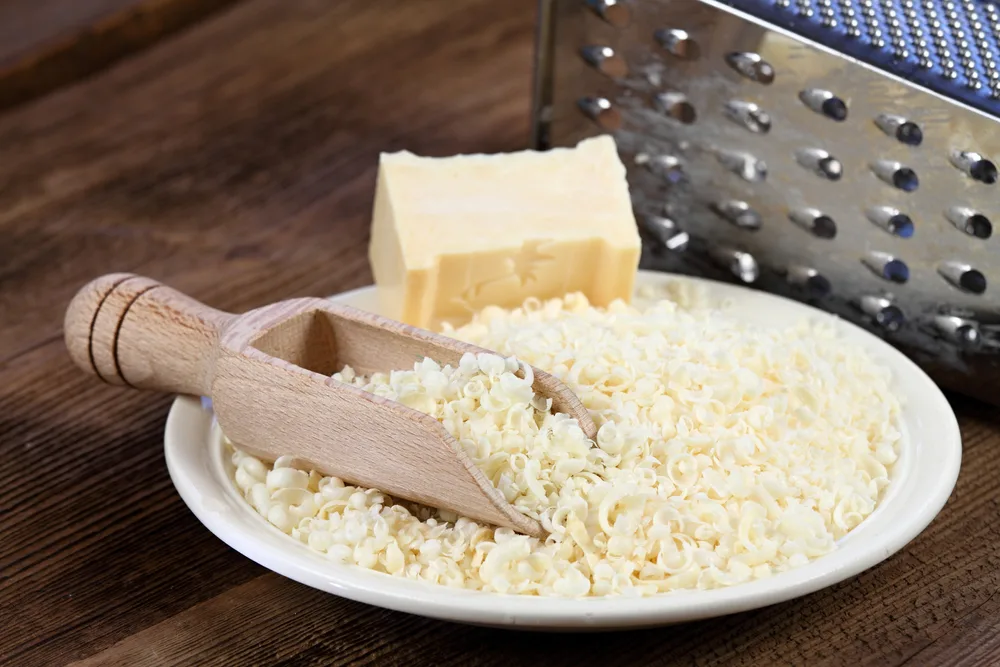
Making your own laundry detergent is easy to do, super economical, and only requires three simple ingredients – washing soda, baking soda, and soap. And homemade detergent works great with all types of washers, including HE machines.
To make, combine 2 cups of washing soda, 1 cup of baking soda, and 1 bar of grated soap. Store the detergent in an airtight tub with a scoop.
Less is always more when it comes to laundry detergents. You’ll only need one tablespoon of this homemade laundry soap for the largest load of wash.
13. Do The Dishes
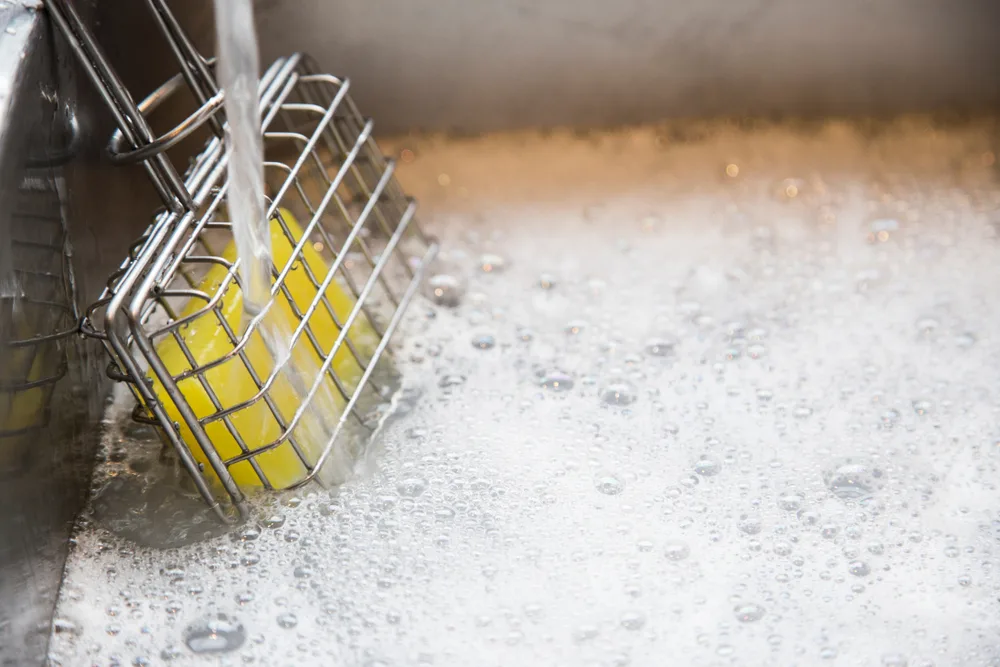
If you’d like to green up your dishwashing routine, then switching out the plastic bottle of dish soap for a bar of soap is an easy win. You can’t use any old bar soap, but will want to choose an olive oil based soap or a bar of Castile soap.
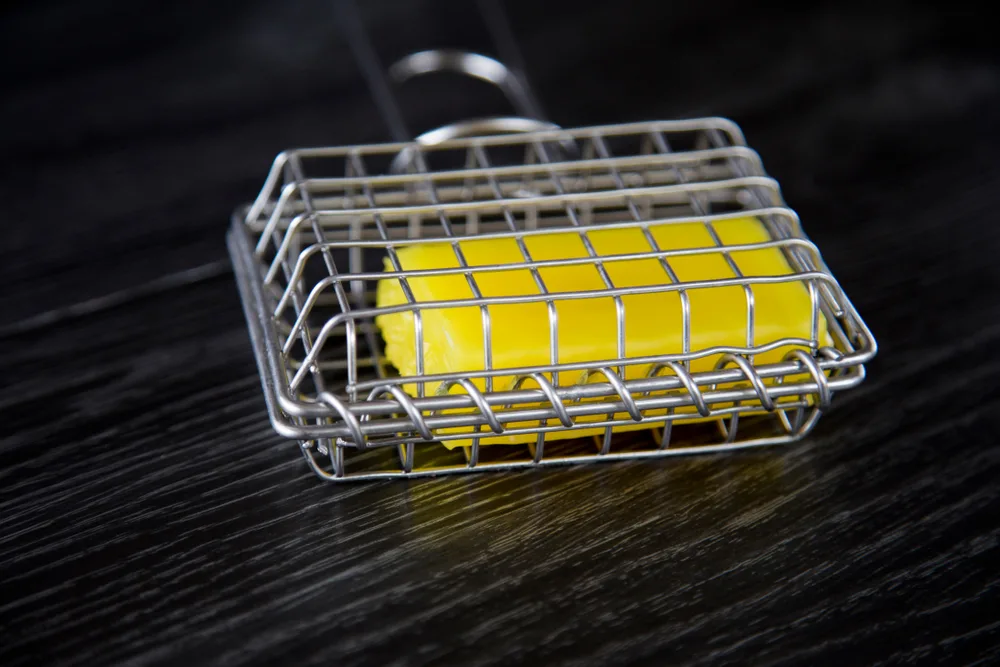
Invest in a stainless steal soap shaker, place your bar soap in the cage and run under warm water to create suds for washing your dishes.
14. Remove Stains
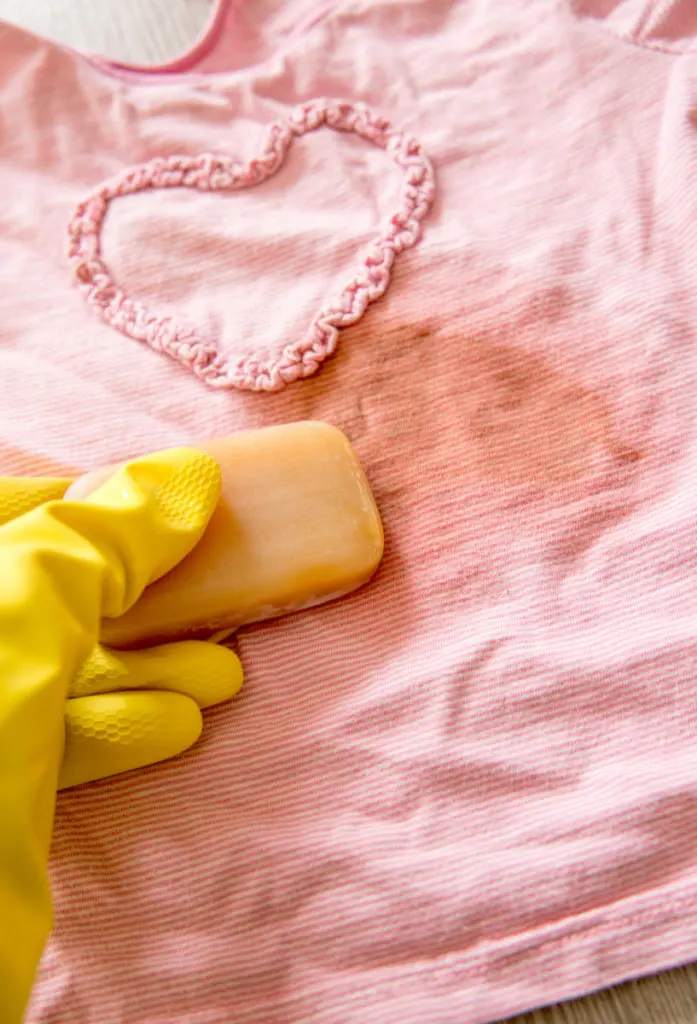
Pre-treat clothing stained with mud, grass, or oils by rubbing a wet bar of soap over the mark. Let it sit for several minutes to really penetrate the fabric before tossing it in the washing machine.
Another option is to make soap into a liquid spray. Grate your bar of soap into shavings in a bowl. Add boiling water, little by little, so that the soap shavings are saturated but not standing in water. Use a spoon to mash it into a paste.
When the paste has cooled, add one teaspoon to a spray bottle and fill it the rest of the way with lukewarm water. Give it a light shake to mix. If you want a more viscous solution, add more soap paste to the bottle.
15. Protect Plants With Insecticidal Soap
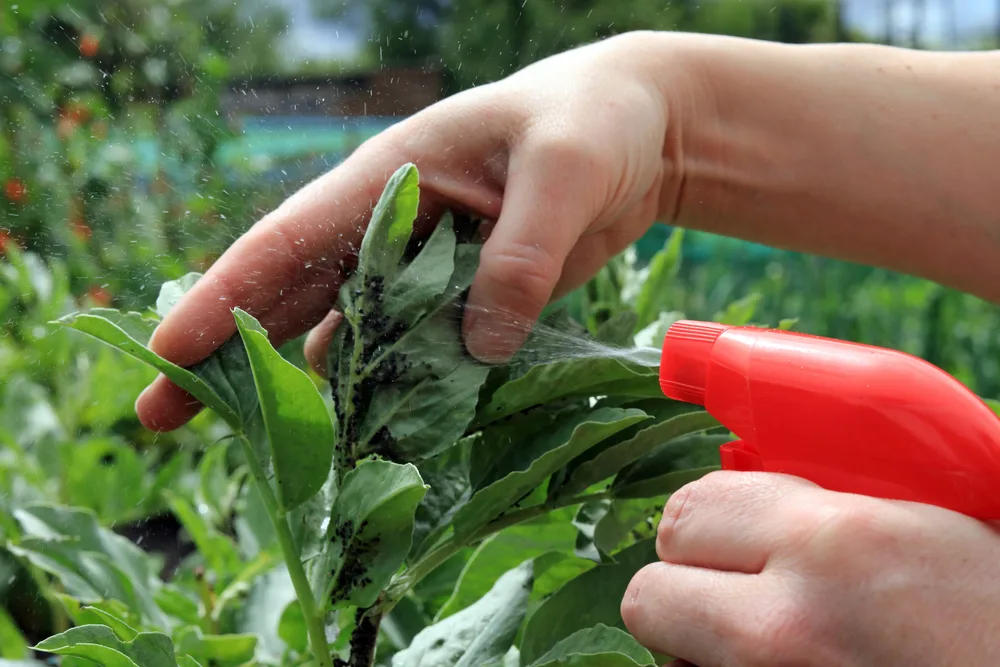
A simple solution of soap and water can become a deadly mixture for dastardly pests that have invaded your garden.
Effective against aphids, mealy bugs, spider mites, and other soft-bodied insects, spritzing down your plants with soap will kill the bugs inhabiting them on contact.
To make an insecticide spray from soap bars or leftover bits, dissolve soap shavings in a bowl with boiling water. Mash it up to make a paste. When it’s cooled, combine one tablespoon of soap paste per quart of water, then transfer to a spray bottle.
16. Deter Rodents
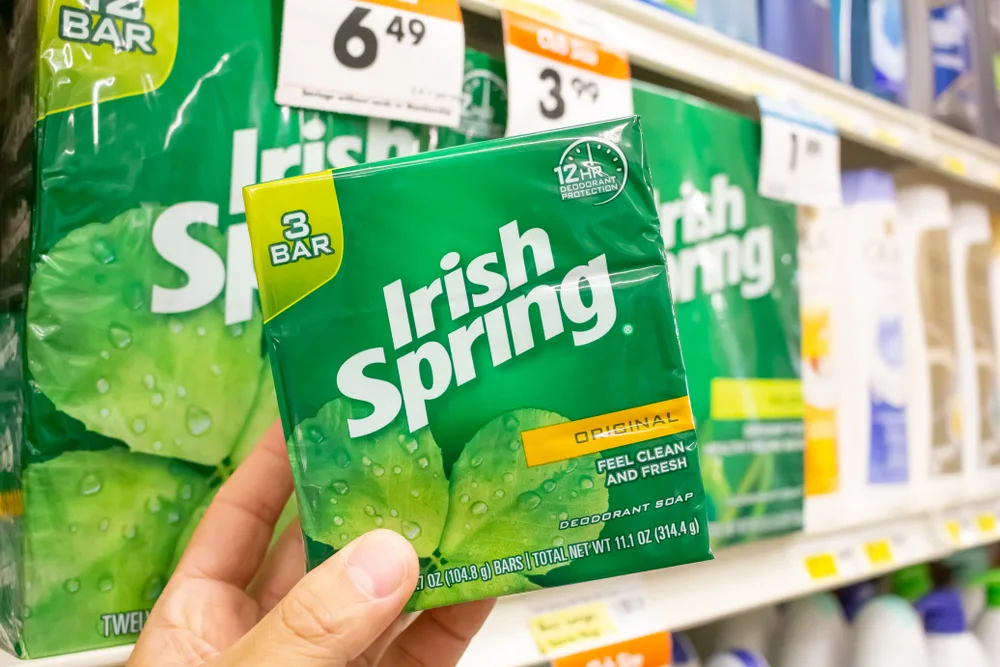
Round up your strongest smelling soaps (think Irish Spring and the like), place them in cheese cloth or panty hose and hang them strategically around your yard.
The heavy fragrance of soap will help keep deer, rabbits, and other woodland critters away from your trees, flowers, and vegetables.
To repel mice specifically, hang peppermint scented soap inside and outside the home.
17. Prevent Soot
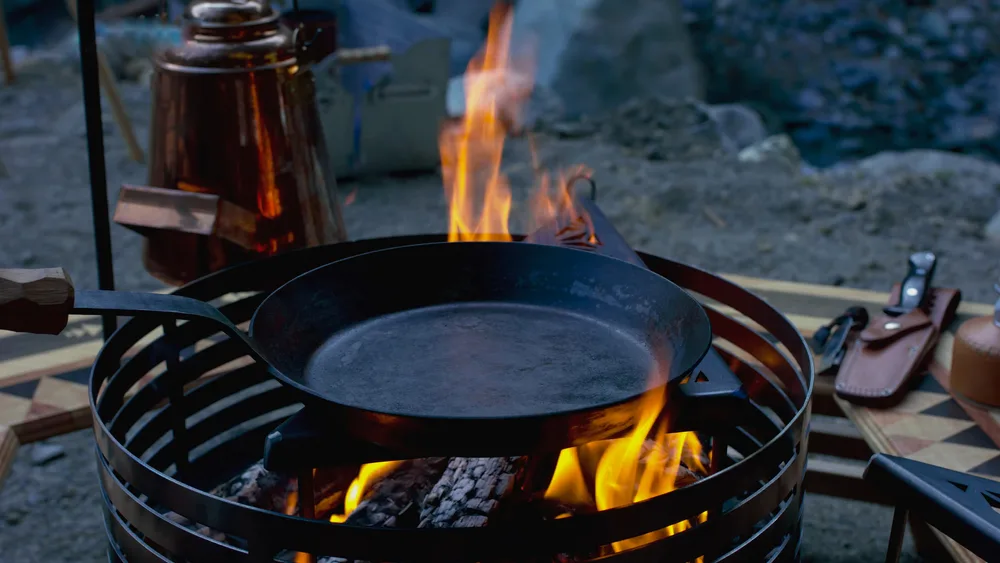
Pre-soaping your cast iron cookware is a handy trick for cooking food over an open flame.
Rub a bar of soap all over the backsides and bottoms of your pots and pans, just before it’s time to put them in the fire. The soap layer should be thin and evenly distributed.
The soap will prevent soot from accumulating, making clean up as easy as wiping the bottoms with a clean rag (once the pots have cooled, of course).
18. Avoid a Rash
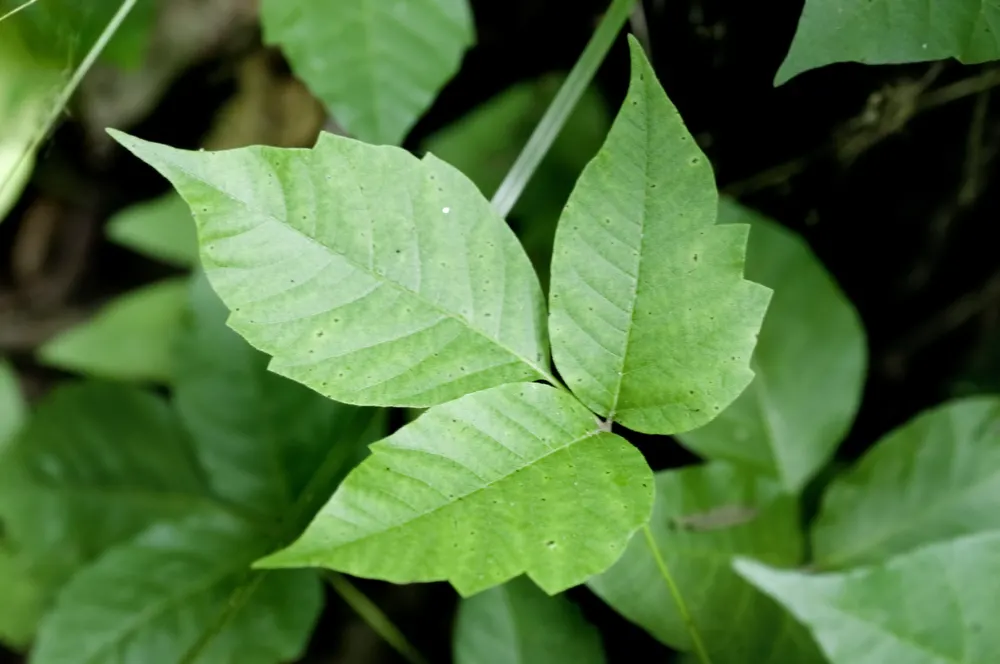
Coming into contact with poison ivy, oak, or sumac doesn’t mean you are fated to have a terrible skin rash. As long as you wash your skin within 2 to 8 hours of contact, you can avoid a reaction altogether.
Urushiol – the substance that causes skin irritation – is oily and invisible, and it can be difficult to completely remove.
You don’t need special soaps for this, a regular bar will do. But the key to washing urushiol off the skin is friction. Lather up the affected area with soap and wipe skin clean with a wash cloth or loofah:

Get the famous Rural Sprout newsletter delivered to your inbox.
Including Sunday musings from our editor, Tracey, as well as “What’s Up Wednesday” our roundup of what’s in season and new article updates and alerts.

